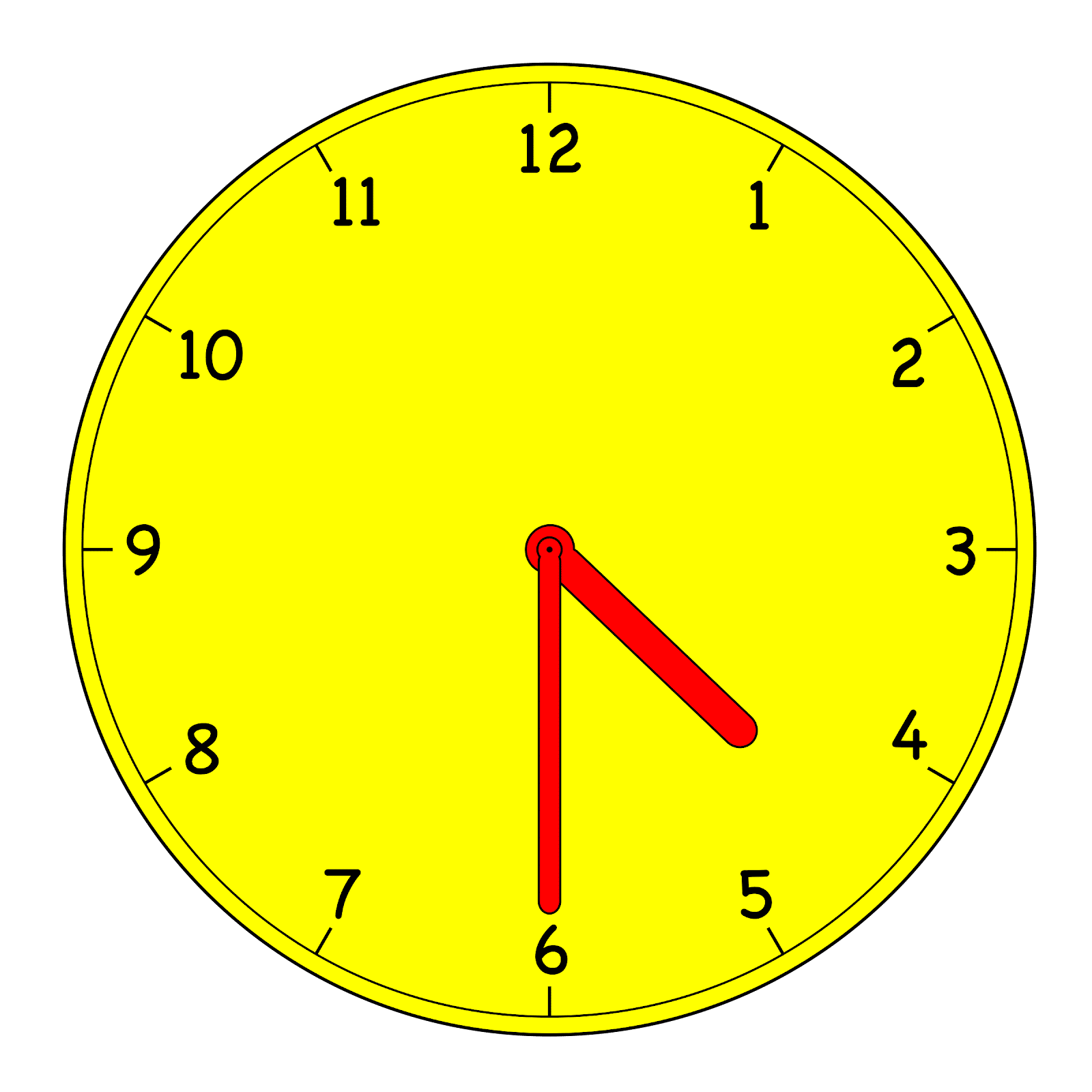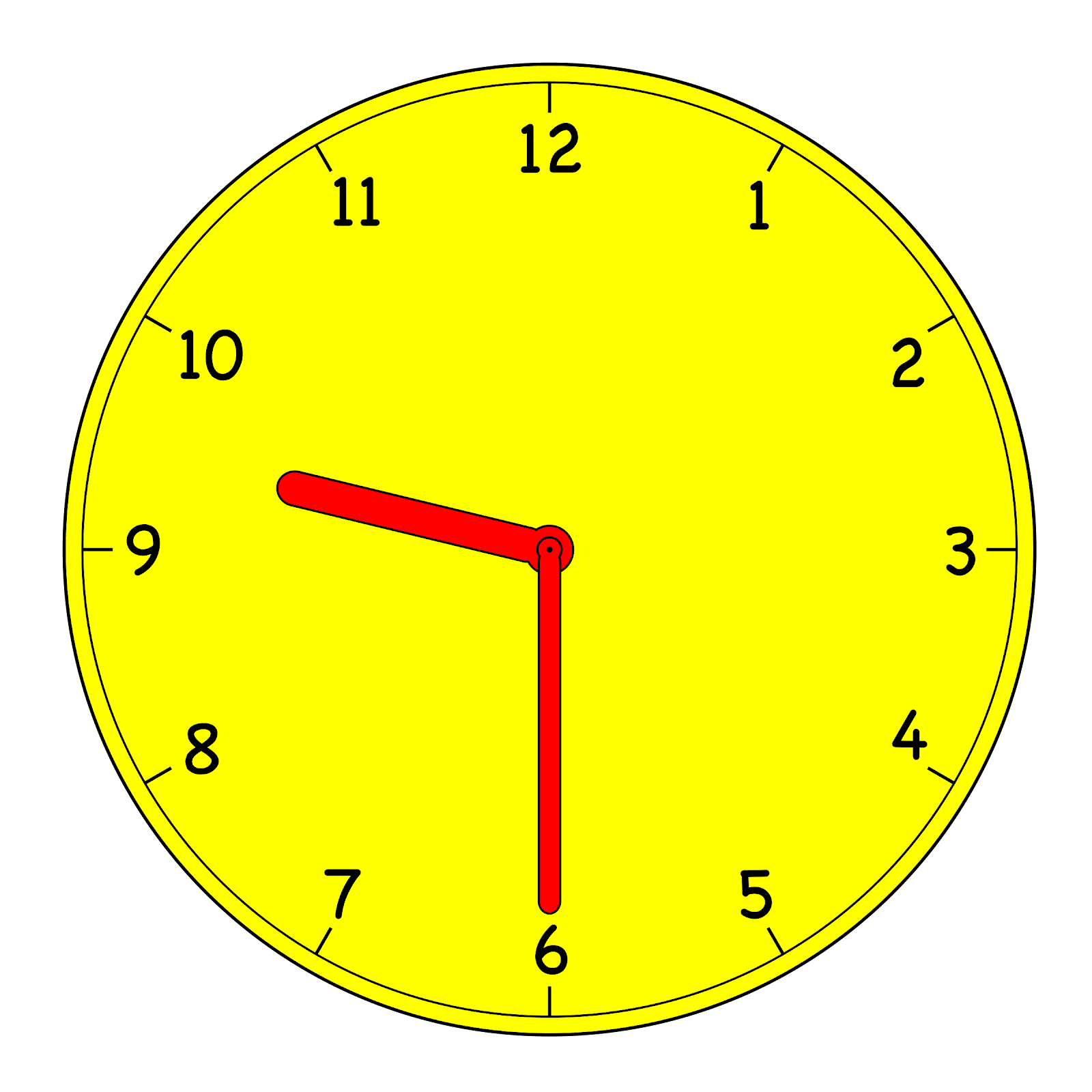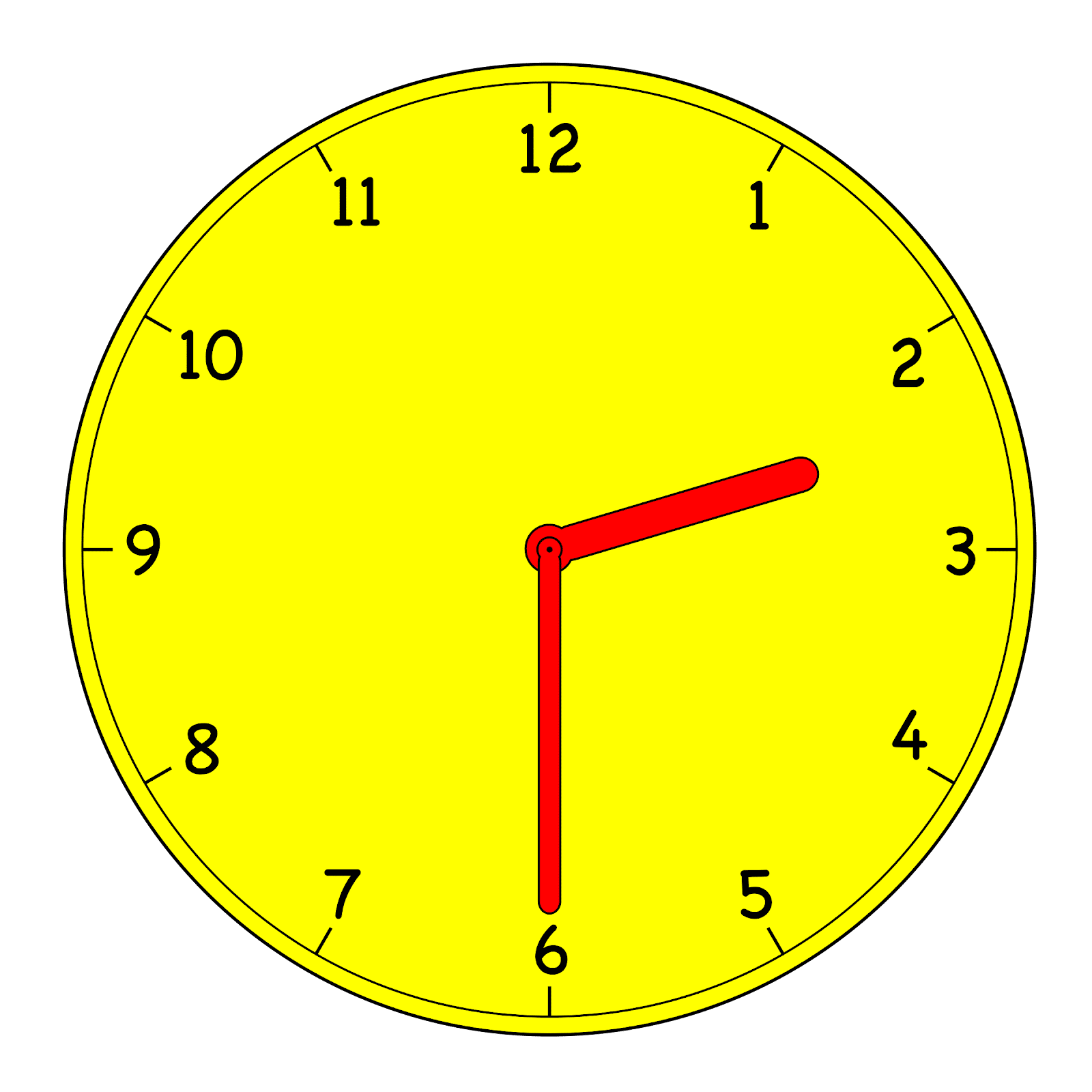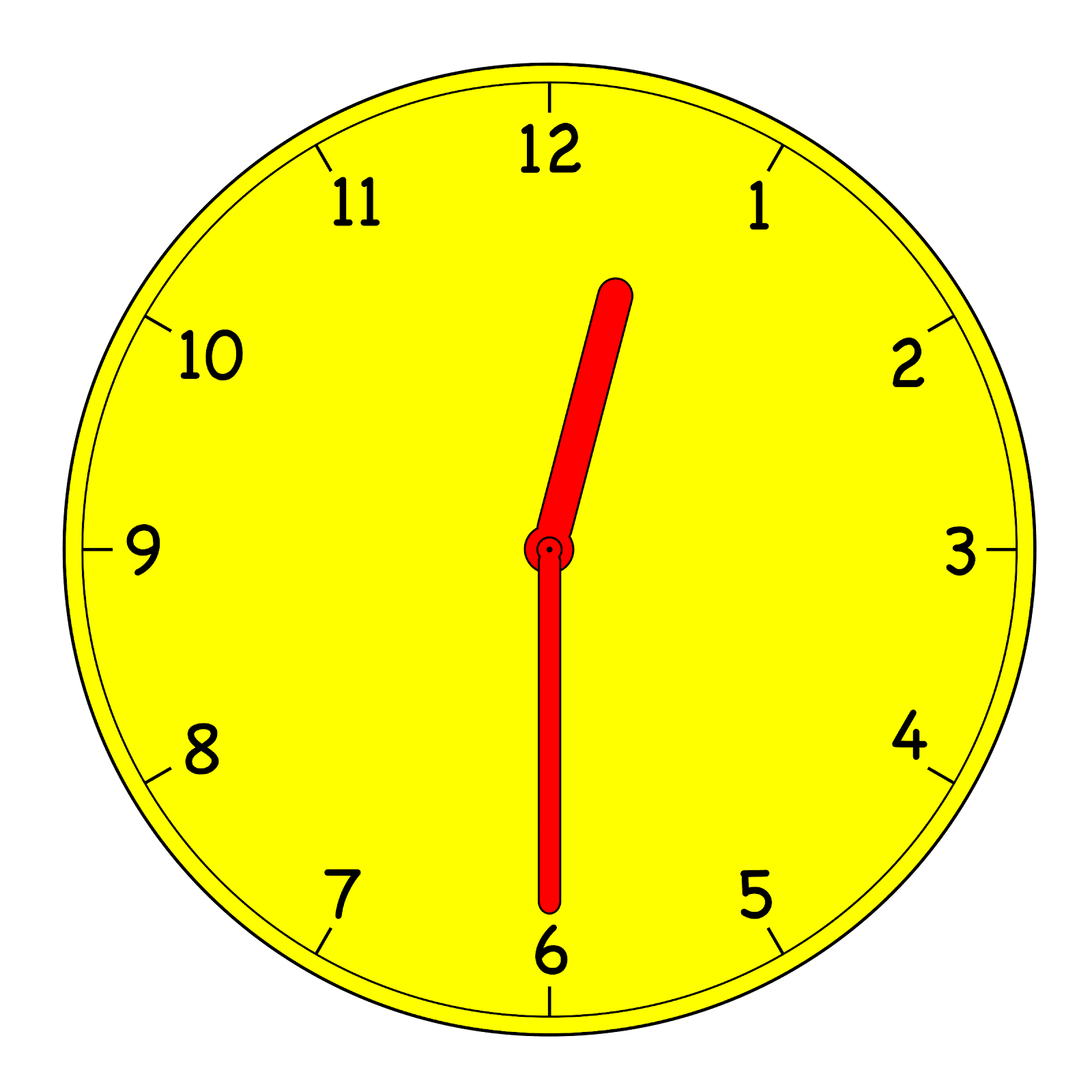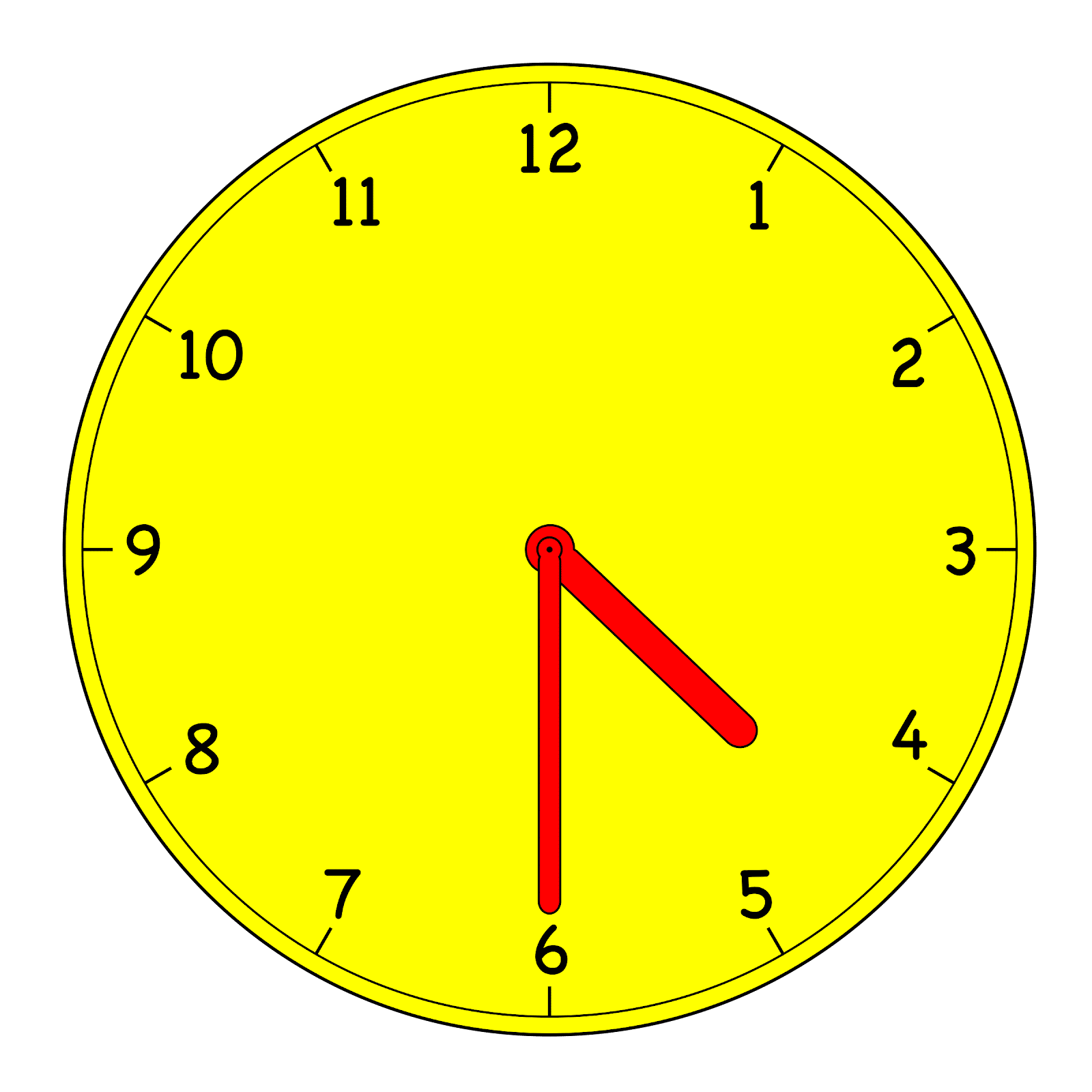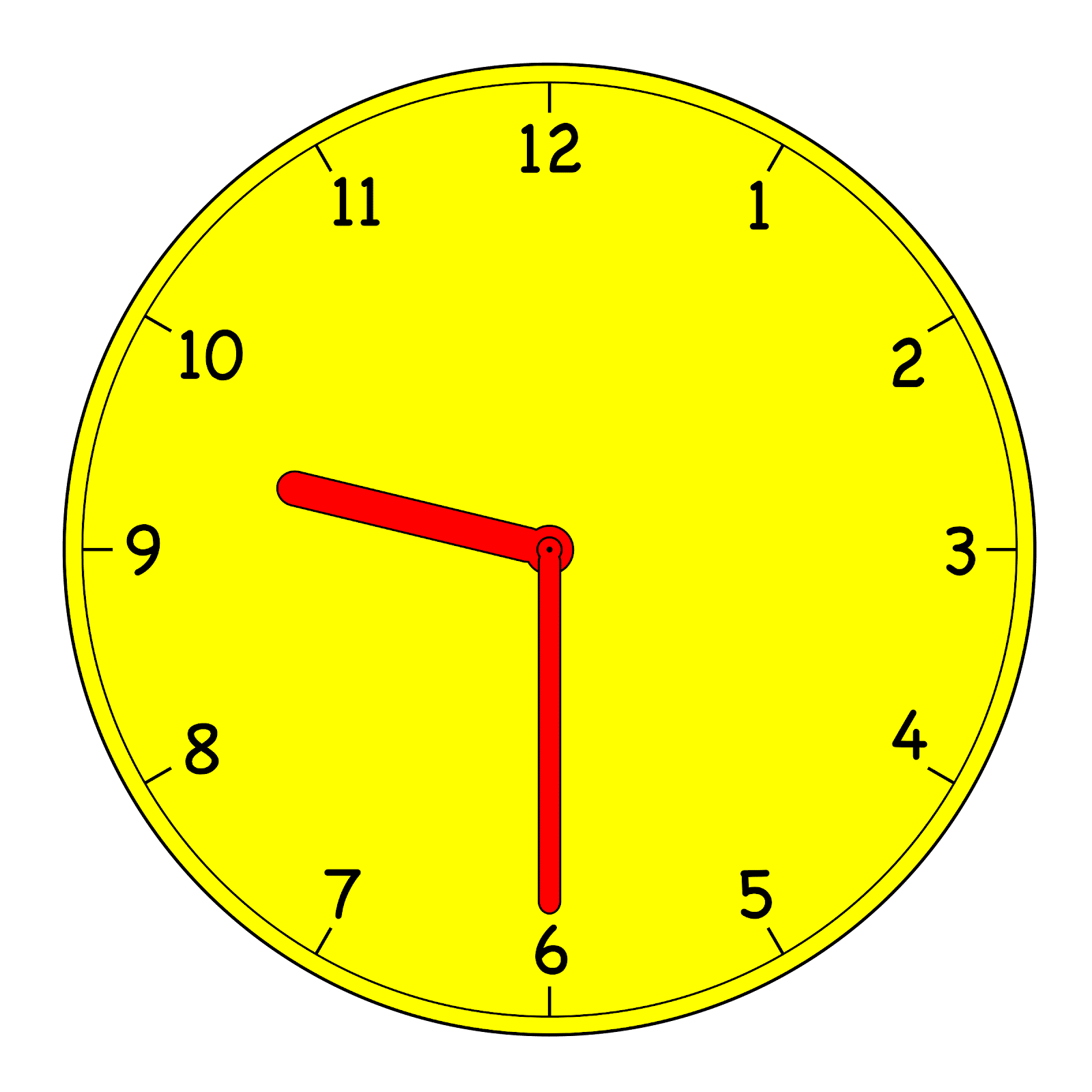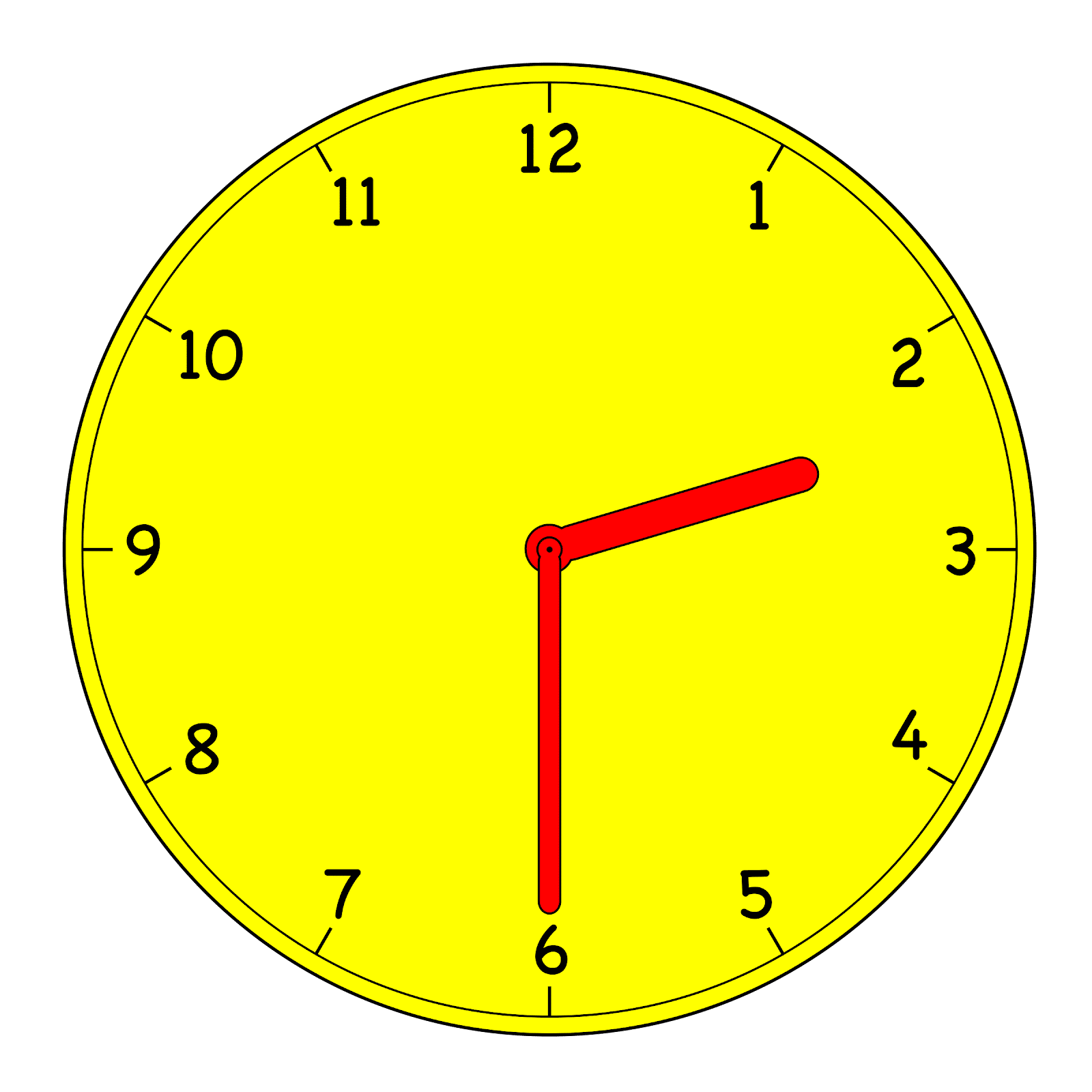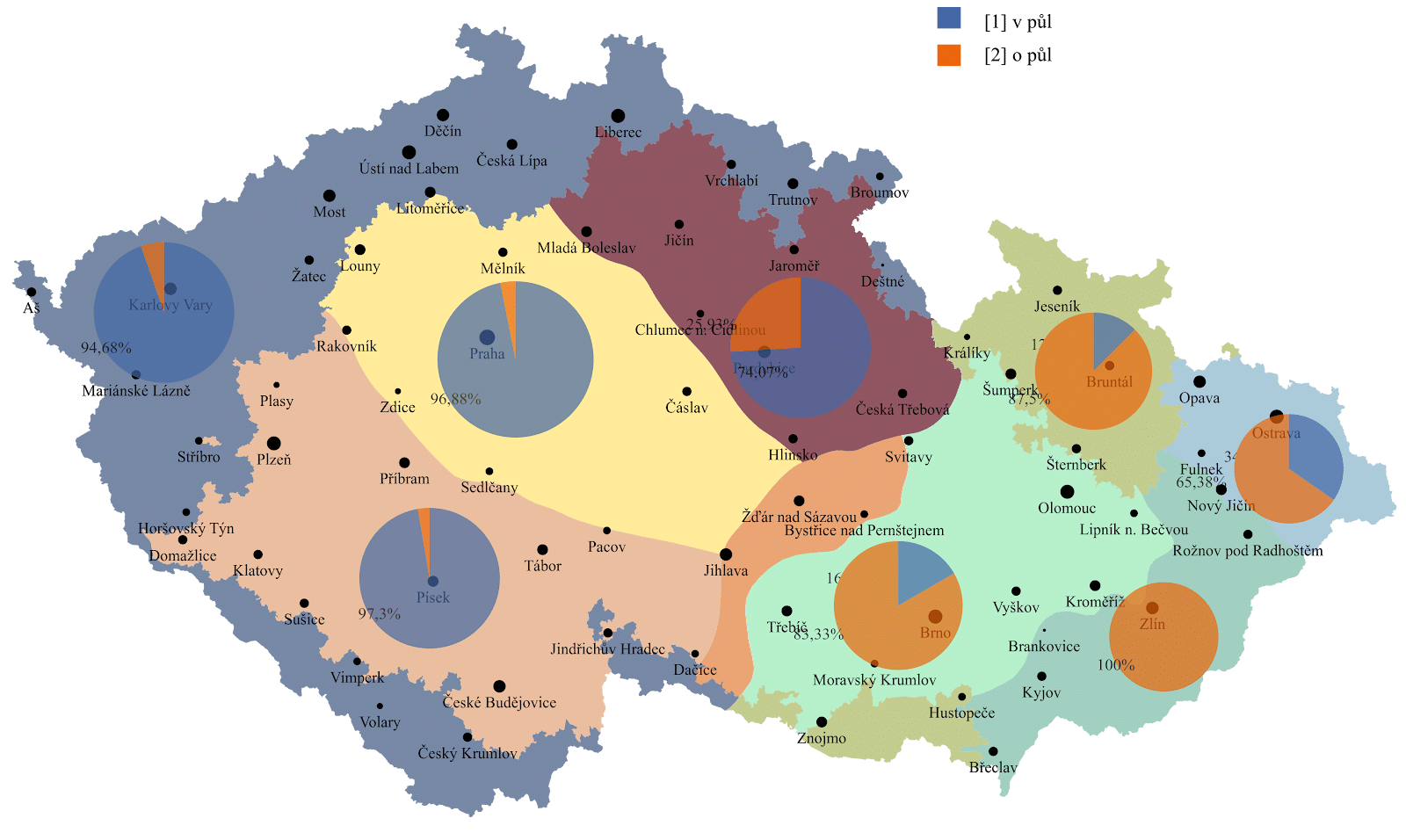7.2 – Conversational Clock Time, part 1 – time on the half hour
If you want to say time on the half hour, you conversationally say that it is half of the upcoming hour. In other words, if you want to say 4:30, you say half of the fifth (hour).
|
Je půl páté. It’s four thirty / half past four. |
Je půl desáté. It’s nine thirty / half past nine. |
Je půl třetí. It’s two thirty / half past two. |
In other words, you have to think about what the upcoming hour is and use the ordinal number of of that hour. If you look at the above forms, you’ll also notice that the forms páté, desáté, třetí are being used. What forms are these?
These are actually the feminine genitive singular endings (take a breath!). What you are literally saying is that it’s half of the fifth, tenth, third, etc. hour. It’s genitive because it’s OF the next hour. It’s feminine and singular because the word hodiny ‘of the hour’ is understood.
It certainly is a very different way of telling time, but like many things, it’s just done a little differently in Czech than in English.
There is one exception to the rules above, and that is when you want to say 12:30. Instead of using první ‘first’ (i.e. half of the first), they use the form jedné ‘of one’. There is no clear reason why, it’s just a small exception that you have to memorize.
|
Je půl jedné. It’s twelve thirty / half past twelve. |
If you want to say at these times, just add v like you already know how to do…
|
V půl páté. At four thirty / half past four. |
V půl desáté. At nine thirty / half past nine. |
V půl třetí. At two thirty / half past two. |
Note – in some dialects, especially Moravian ones, instead of v půl ______ they say o půl ______. So they might say vstávám o půl osmé instead of v půl osmé. There is not difference in meaning – this is just a dialect difference you may observe (especially in the Reality Czech videos).
You can note in the map below that it is more common in Moravian varieties of Czech:
Graphs from https://syd.korpus.cz
Images used in this document come from these sources.
